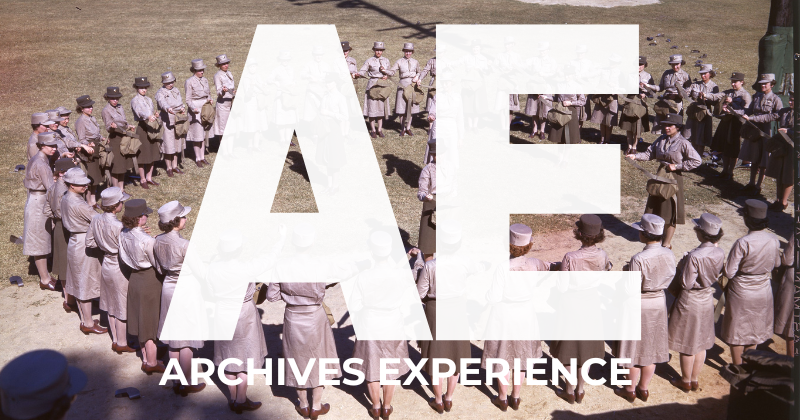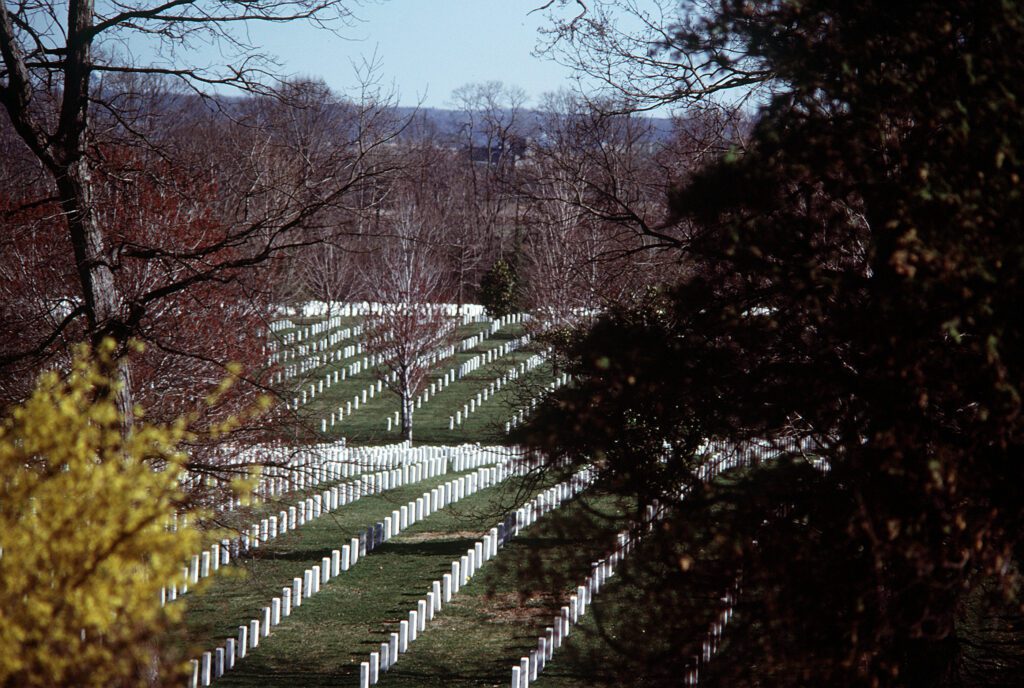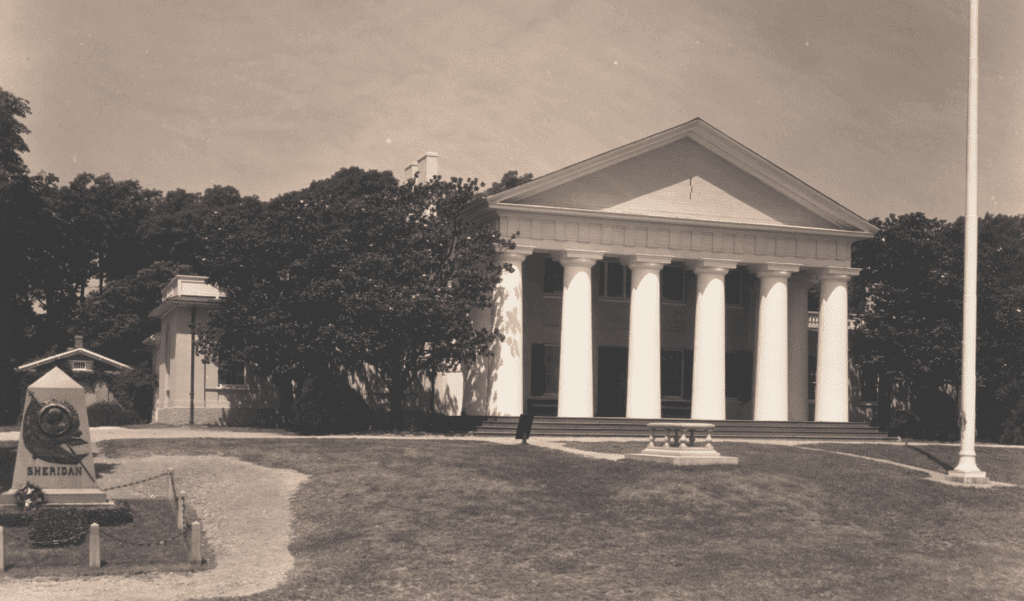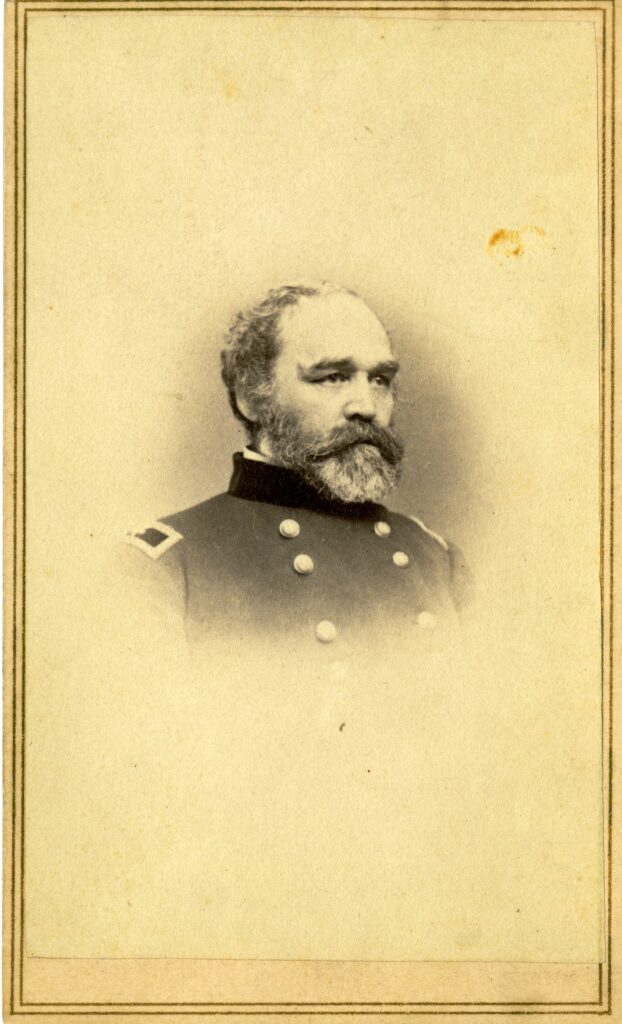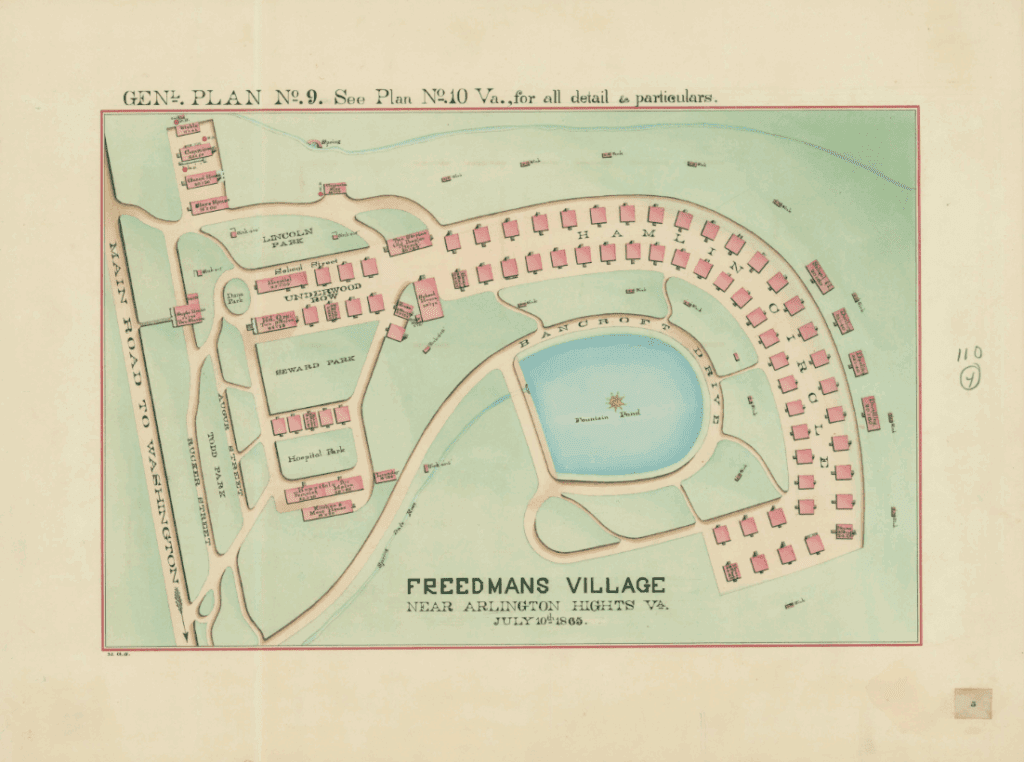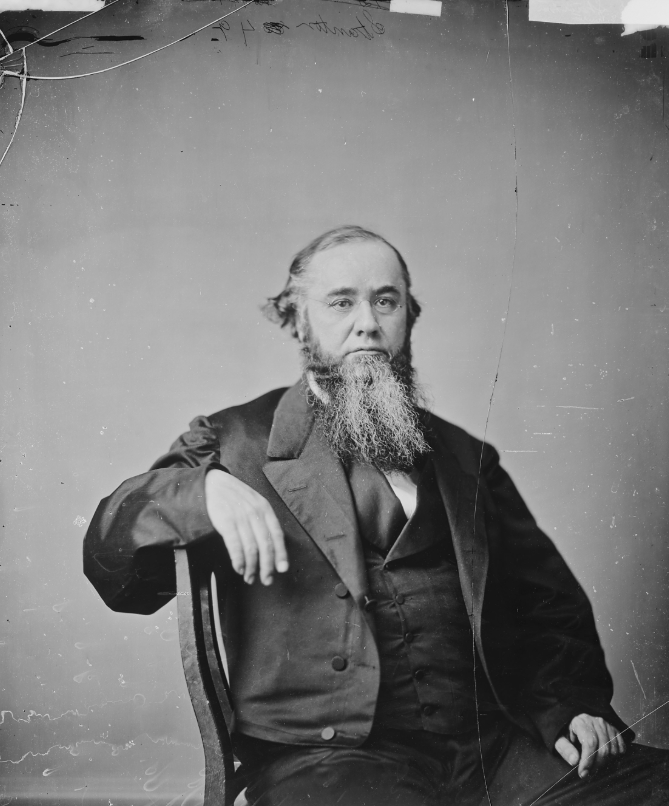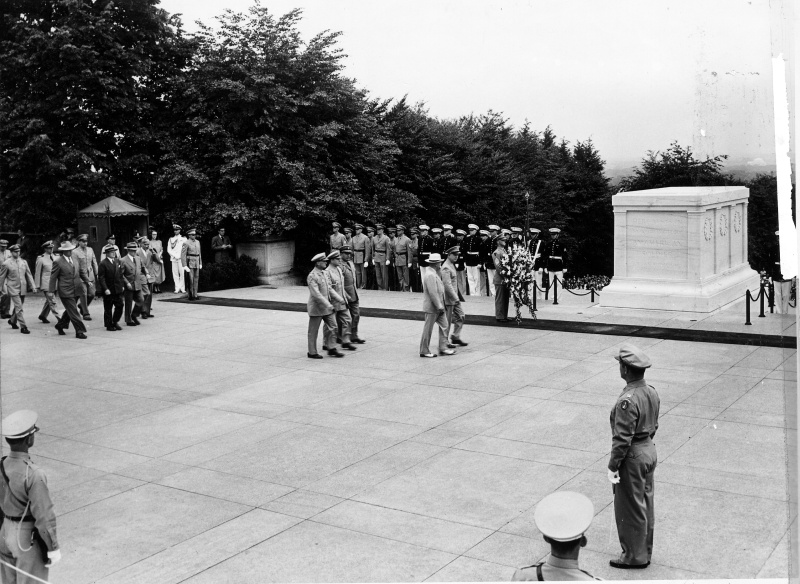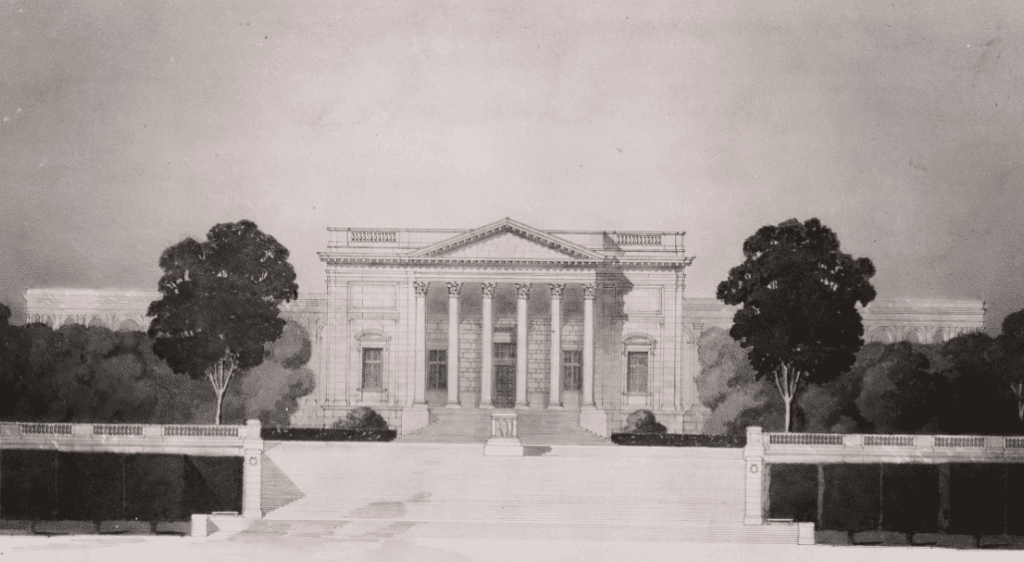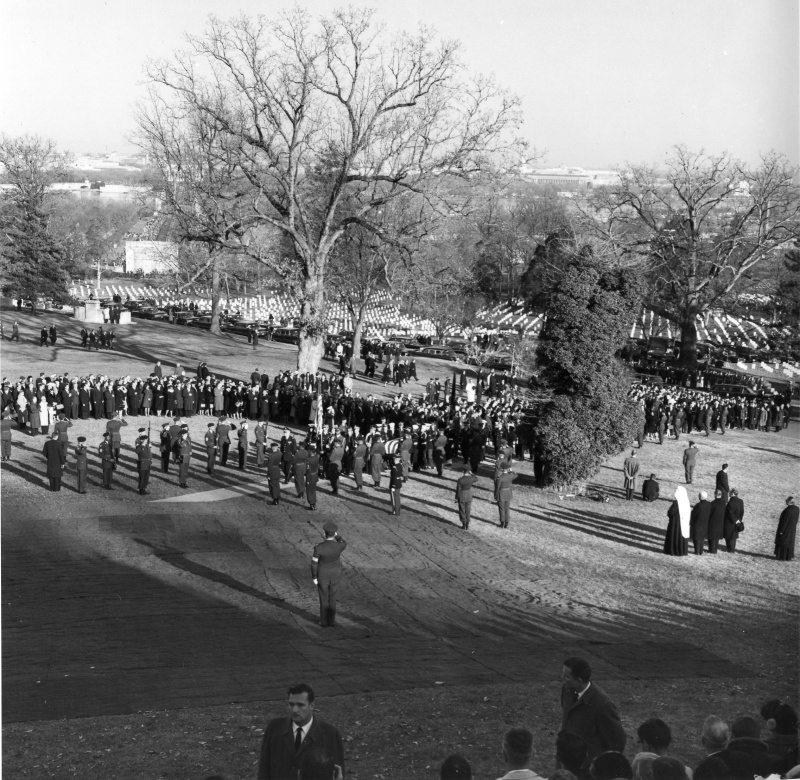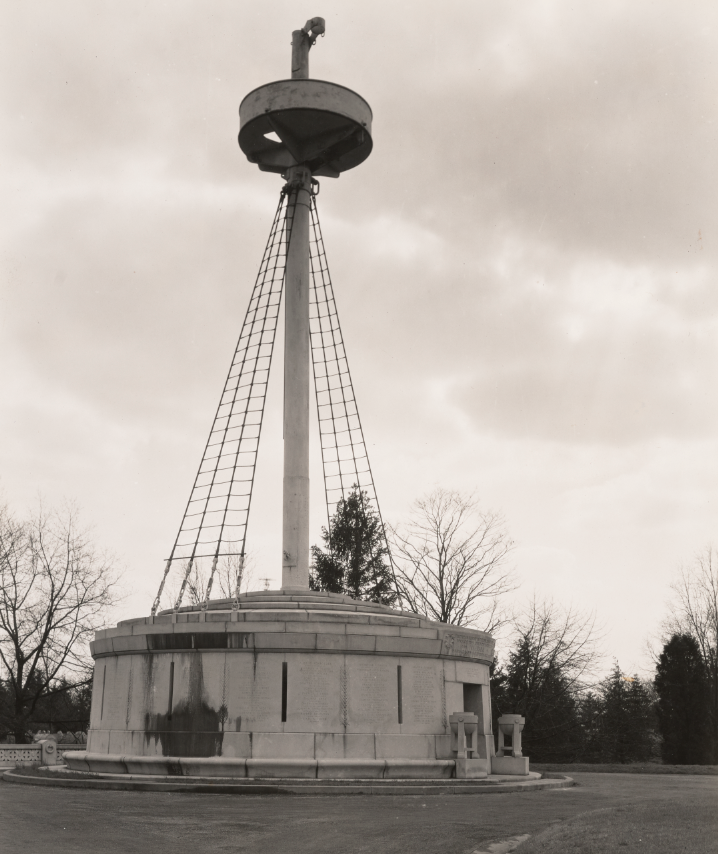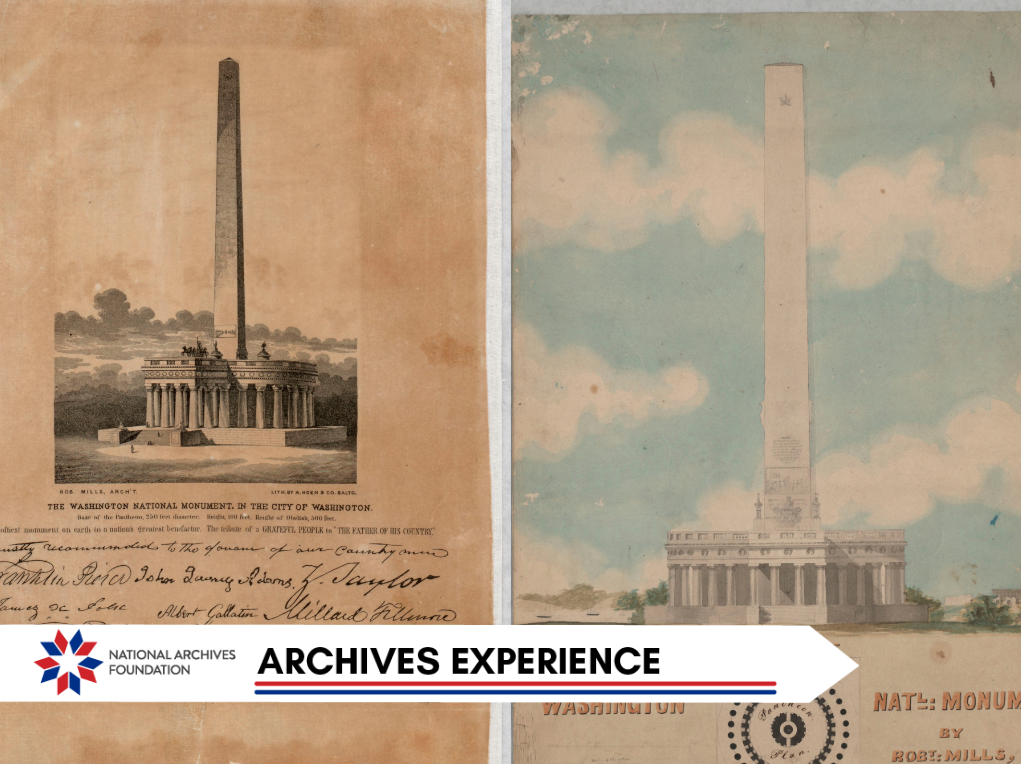Sacred Ground: The History of Arlington National Cemetery
Across the Potomac River from Washington, D.C., Arlington National Cemetery is one of the most hallowed sites in the United States. More than 400,000 military personnel, veterans, and their family members are laid to rest across 600 acres in northern Virginia. The cemetery’s immaculately maintained grounds stand as a solemn memorial to our nation’s veterans. In honor of its historic place in our nation’s Memorial Day traditions, let’s take a look into its rich history and the Americans who rest there.
Wartime Origins
The story of the cemetery begins not as a burial ground, but as an estate owned by George Washington Parke Custis, the stepgrandson of George Washington. He built his home, Arlington House, on the site in the early 1800s as a memorial to Washington. Custis’ daughter, Mary Anna, married Robert E. Lee, who became commander of the Confederate Army during the Civil War.
During the Civil War, Union troops seized the estate because of its strategic proximity to the capital. As local military cemeteries ran out of space, the U.S. Army began to bury their dead at the estate. On May 13, 1864, Brigadier General Montgomery Meigs, Quartermaster General of the U.S. Army, ordered that the estate be used for a cemetery. The first military burial on the land was for Private William Chrisman. In addition to serving as a strategic outlook and cemetery during the war, the land was also a refugee camp called Freedman’s Village for formerly enslaved people.
Watch the program: Freedman’s Village Discussion in Partnership with Arlington National Cemetery
After the war, the Lees tried to reclaim the property, and in 1882, the Supreme Court ruled, in United States v. Lee, that the government had seized the estate illegally. The government paid the Lee family $150,000 (worth over $4 million today), and the site officially became the property of the U.S. military.
Early History
On June 15, 1864, Secretary of War Edwin Stanton officially declared the site—originally consisting of only 200 acres— a national cemetery. The first official “Decoration Day,” now observed as Memorial Day, was held at Arlington National Cemetery on May 30, 1868. In 1873, a wooden amphitheater, the James Tanner Amphitheater, was constructed to host the official ceremonies. To increase capacity for growing Memorial Day crowds, the government replaced it with the iconic marble Memorial Amphitheater on May 15, 1920. The east plaza of the amphitheater is home to perhaps the best-known memorial at the cemetery—the Tomb of the Unknown Soldier. It was dedicated on November 11, 1921, and has been perpetually guarded by the U.S. Army since July 2, 1937.
Those Laid to Rest
Service members and their families from every American war are interred at the cemetery. Of those, several names stand out, including two U.S. presidents. President Taft, the 27th President and 10th Chief Justice of the U.S. Supreme Court, was the first president buried at the cemetery in 1930. Then, after his assassination in 1963, President Kennedy was also laid to rest at Arlington. His gravesite is marked by an eternal flame. Other notable individuals include World War I General John J. Pershing and John Glenn, the first American to orbit Earth.
A Place of National Reverence
Arlington National Cemetery is a living memorial to the bravery of the members of our nation’s armed forces. The cemetery continues to expand, and in April 2014, it was added to the National Register of Historic Places. The cemetery is also home to the USS Maine Memorial, the Space Shuttle Challenger Memorial, and the 9/11 Pentagon Memorial. From presidents and generals to astronauts and unknown soldiers, each grave tells a story of service and sacrifice that will continue to inspire generations to come.
To learn more about the National Archives’ role as recordkeeper for Arlington National Cemetery:
- Read Historical Arlington Cemetery Records Arrive at National Archives; and
- Watch the National Archives Foundation program Here Rests in Honored Glory: National Archives Records Related to Arlington National Cemetery and the Tomb of the Unknown Soldier, Part 1 and Part 2.
Related Content
